
Jaipur Walking Tours (Walking & Tuk Tuk)
5 h
By walk
Instant confirmation
About this activity
• 01:Start from M.I. Road - Panch Batti circle and the old world Raj Mandir cinema, head along M.I. Road, which is the main thoroughfare.
• 02:Pink Walls and Gates of the Old City - There are three gates, spaced around 500 meters apart, which provide entry into the Old City. The first one is Ajmeri Gate, followed by New Gate, and lastly Sanganeri Gate. Enter from Ajmeri Gate and turn right.
• 03:Johari Bazaar - Johari Bazaar lies opposite Sanganeri Gate, on the road that leads north to Badi Chaupar (big square).
• 04: Hawa Mahal - Keep walking straight, and you'll reach Jaipur's most famous landmark -- the Hawa Mahal (Wind Palace). This marvelous example of Rajput architecture was built in 1799 by Maharaja Sawaj Pratap Singh. It was made so that the ladies of the palace could look out over the street, from the small windows, unobserved. There are 953 of these windows in total, spread over five levels! However, unfortunately, there's not much wind in the Wind Palace these days, as many of the windows have been sealed shut.
• 05:City Palace - The City Palace blends Rajasthani and Mughal architecture, with the most recently constructed parts of it dating back to the early 20th century. Behind the main courtyard you'll be able to see the towering seven floor Chandra Mahal. The flag of the royal family is hoisted when the Maharaja is in residence.
• 06:Jantar Mantar - As you head out of the City Palace in Jaipur, you might want to stop by Jantar Mantar. This observatory was built by Jai Singh in 1728. He constructed five in various cities in India (including Delhi), and this one's the biggest and best preserved.
• 07:Albert Hall - The building was designed by Sir Samuel Swinton Jacob, assisted by Mir Tujumool Hoosein, and was opened as public museum in 1887. Maharaja Ram Singh initially wanted this building to be a town hall, but his successor, Madho Singh II, decided it should be a museum for the art of Jaipur and included as part of the new Ram Nivas Garden. It is named after King Edward VII (Albert Edward), during whose visit to the city as the Prince of Wales, its foundation stone was laid on 6 February 1876. The museum has a rich collection of artifacts including paintings, jewelry, carpets, ivory, stone, metal sculptures, and works in crystal.
Read more
Show less
• 02:Pink Walls and Gates of the Old City - There are three gates, spaced around 500 meters apart, which provide entry into the Old City. The first one is Ajmeri Gate, followed by New Gate, and lastly Sanganeri Gate. Enter from Ajmeri Gate and turn right.
• 03:Johari Bazaar - Johari Bazaar lies opposite Sanganeri Gate, on the road that leads north to Badi Chaupar (big square).
• 04: Hawa Mahal - Keep walking straight, and you'll reach Jaipur's most famous landmark -- the Hawa Mahal (Wind Palace). This marvelous example of Rajput architecture was built in 1799 by Maharaja Sawaj Pratap Singh. It was made so that the ladies of the palace could look out over the street, from the small windows, unobserved. There are 953 of these windows in total, spread over five levels! However, unfortunately, there's not much wind in the Wind Palace these days, as many of the windows have been sealed shut.
• 05:City Palace - The City Palace blends Rajasthani and Mughal architecture, with the most recently constructed parts of it dating back to the early 20th century. Behind the main courtyard you'll be able to see the towering seven floor Chandra Mahal. The flag of the royal family is hoisted when the Maharaja is in residence.
• 06:Jantar Mantar - As you head out of the City Palace in Jaipur, you might want to stop by Jantar Mantar. This observatory was built by Jai Singh in 1728. He constructed five in various cities in India (including Delhi), and this one's the biggest and best preserved.
• 07:Albert Hall - The building was designed by Sir Samuel Swinton Jacob, assisted by Mir Tujumool Hoosein, and was opened as public museum in 1887. Maharaja Ram Singh initially wanted this building to be a town hall, but his successor, Madho Singh II, decided it should be a museum for the art of Jaipur and included as part of the new Ram Nivas Garden. It is named after King Edward VII (Albert Edward), during whose visit to the city as the Prince of Wales, its foundation stone was laid on 6 February 1876. The museum has a rich collection of artifacts including paintings, jewelry, carpets, ivory, stone, metal sculptures, and works in crystal.
Included
- Private Walking tour/Tuk Tuk tour
Not included
- Anything not specified not Included
- Personal expenses
- Camera fee
- Gratuities: We do not include tipping when quoting the tour price.
Additional
- Confirmation will be received at time of booking
- A current valid passport is required on the day of travel
- No heart problems or other serious medical conditions
- Not wheelchair accessible
- A current valid passport is required on the day of travel
- A maximum of 2 people per booking
- This is a private tour/activity. Only your group will participate
Features
Tourism
85%
Cultural
70%
Sport
30%
You may also like









 See all 21 Collections
See all 21 Collections
Click to discover other experiences
See all
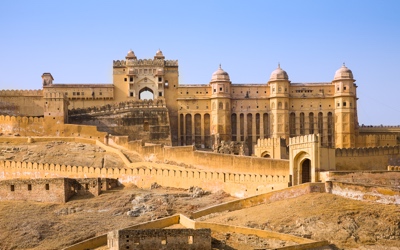
Collections
Forts
59 Activities
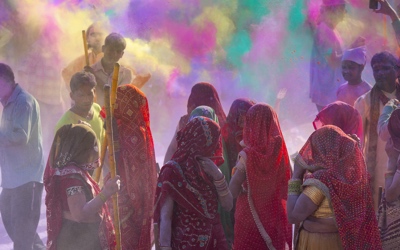
Collections
Original
27 Activities

Collections
Excursions From Jaipur
45 Activities

Collections
City Tour
30 Activities
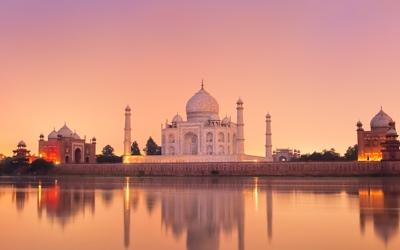
Collections
Agra
76 Activities
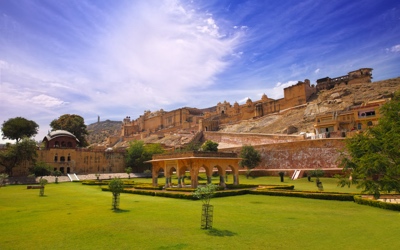
Collections
Jaipur Sightseeing
37 Activities

Collections
Shopping
11 Activities

Collections
Ranthambore
28 Activities

Collections
Rajasthan
10 Activities
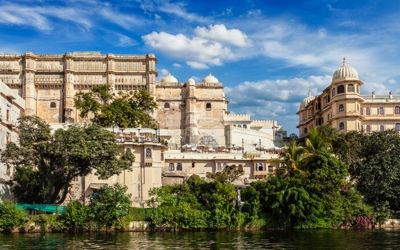
Collections
Palaces
27 Activities

